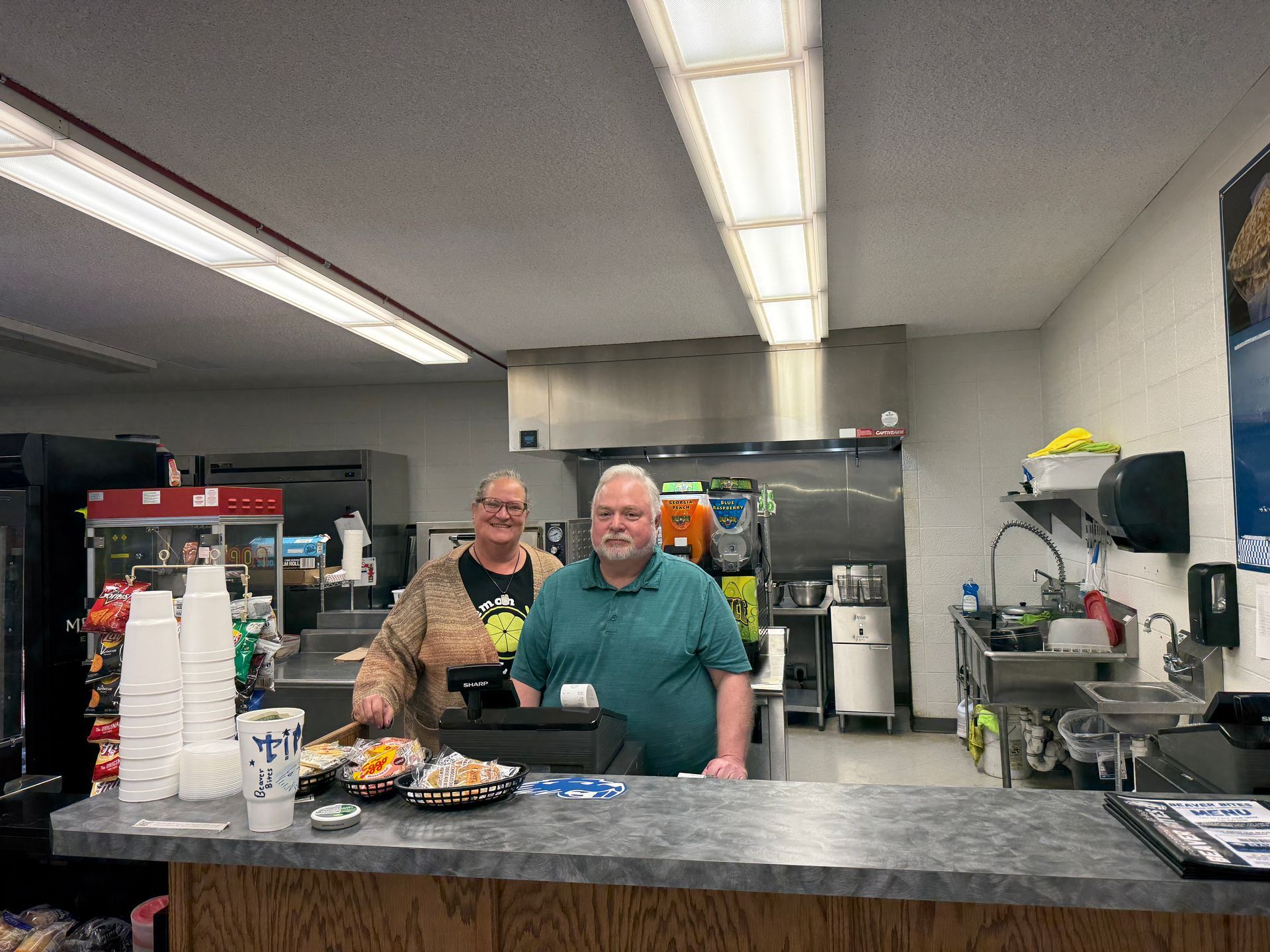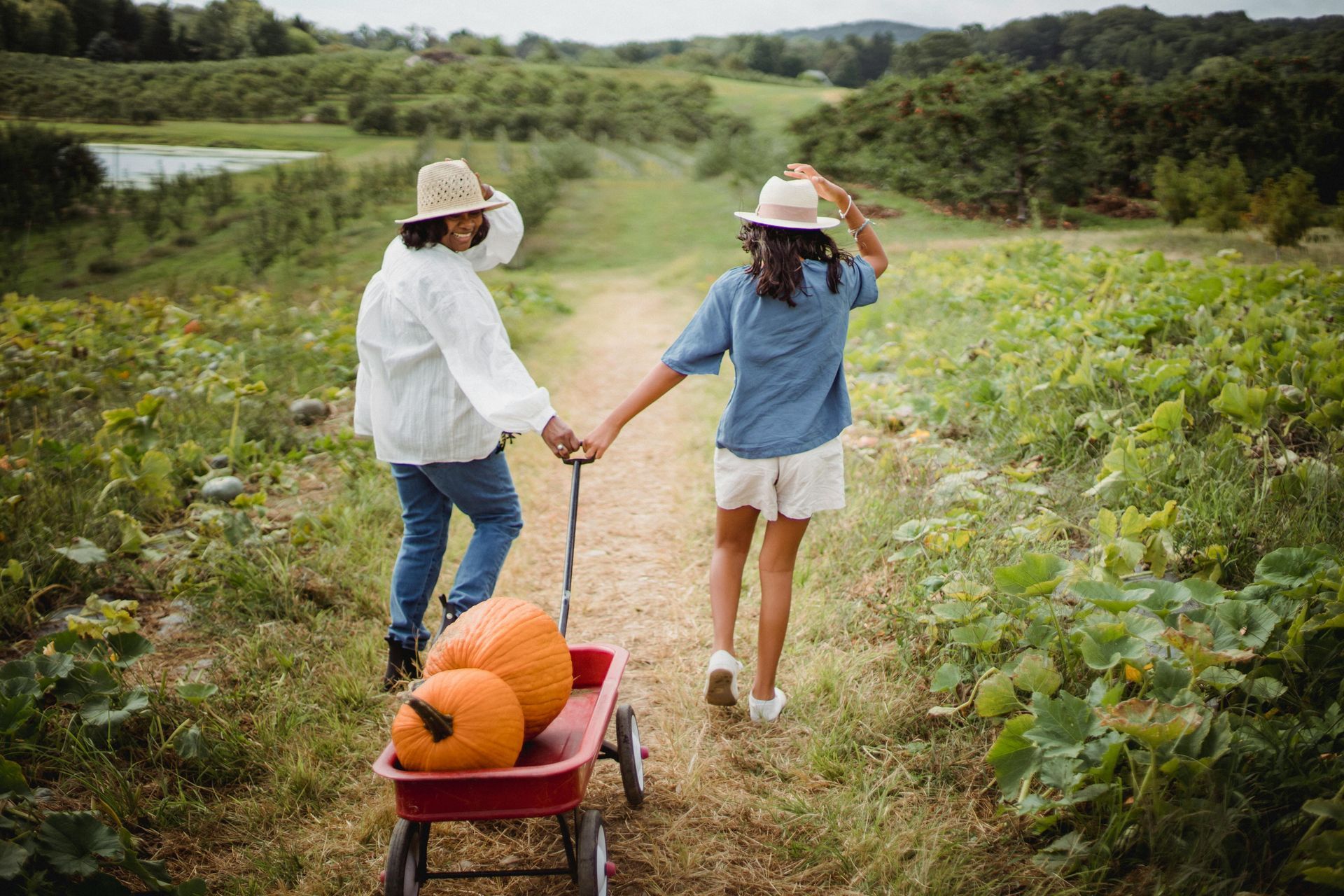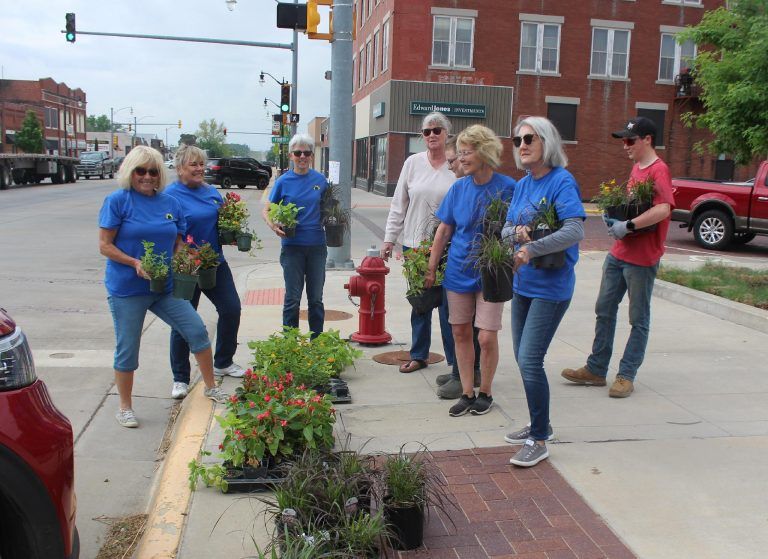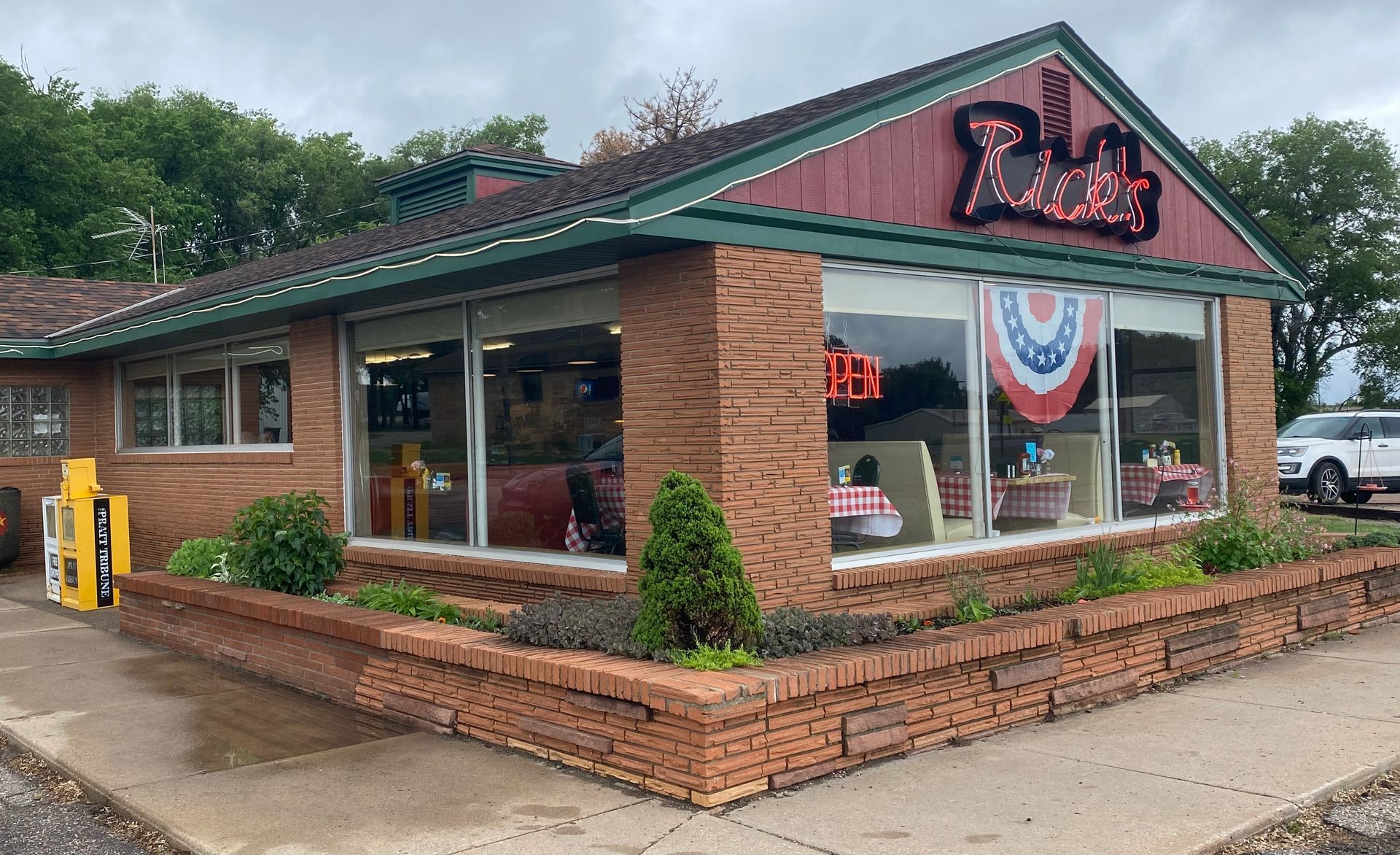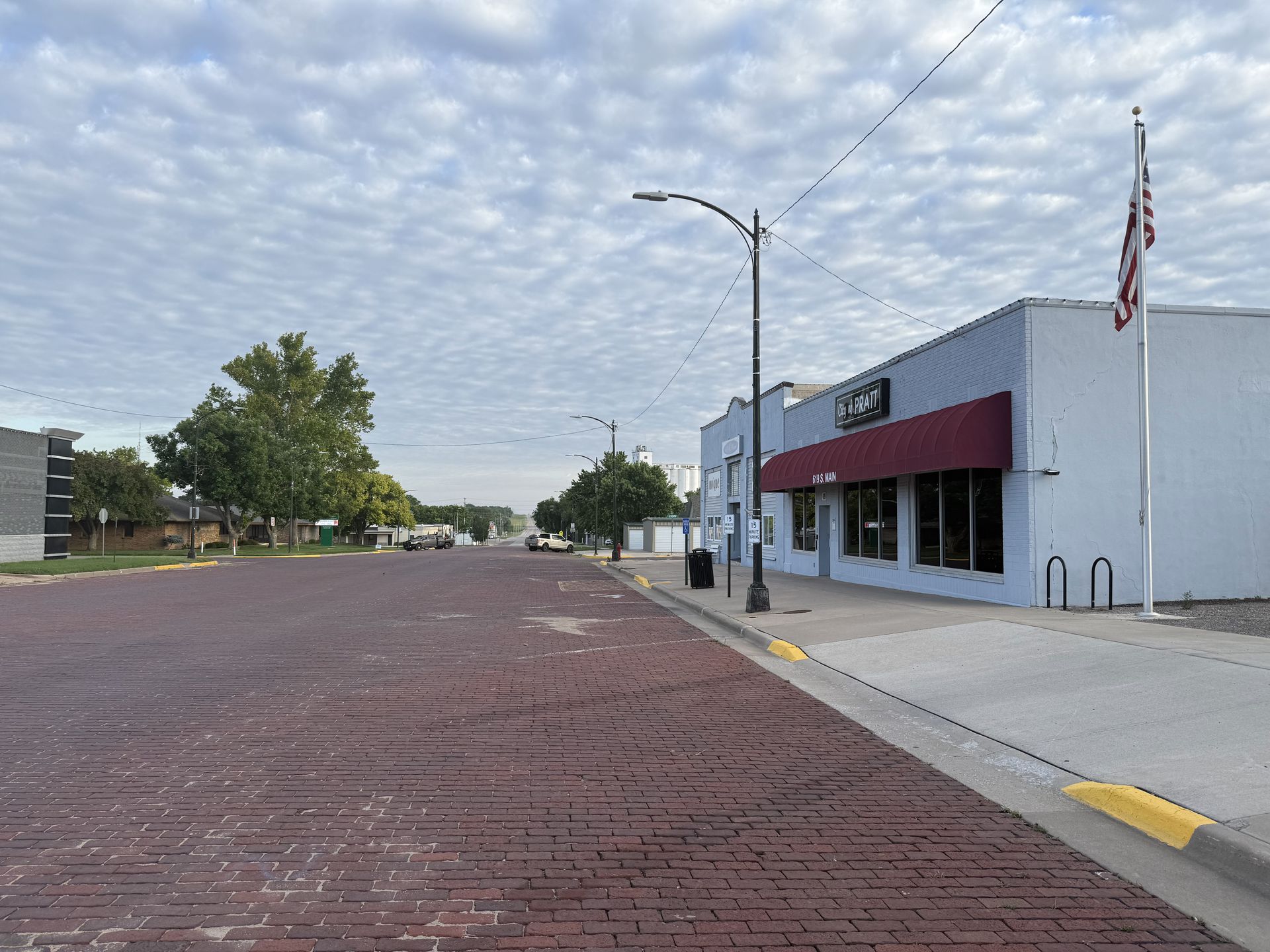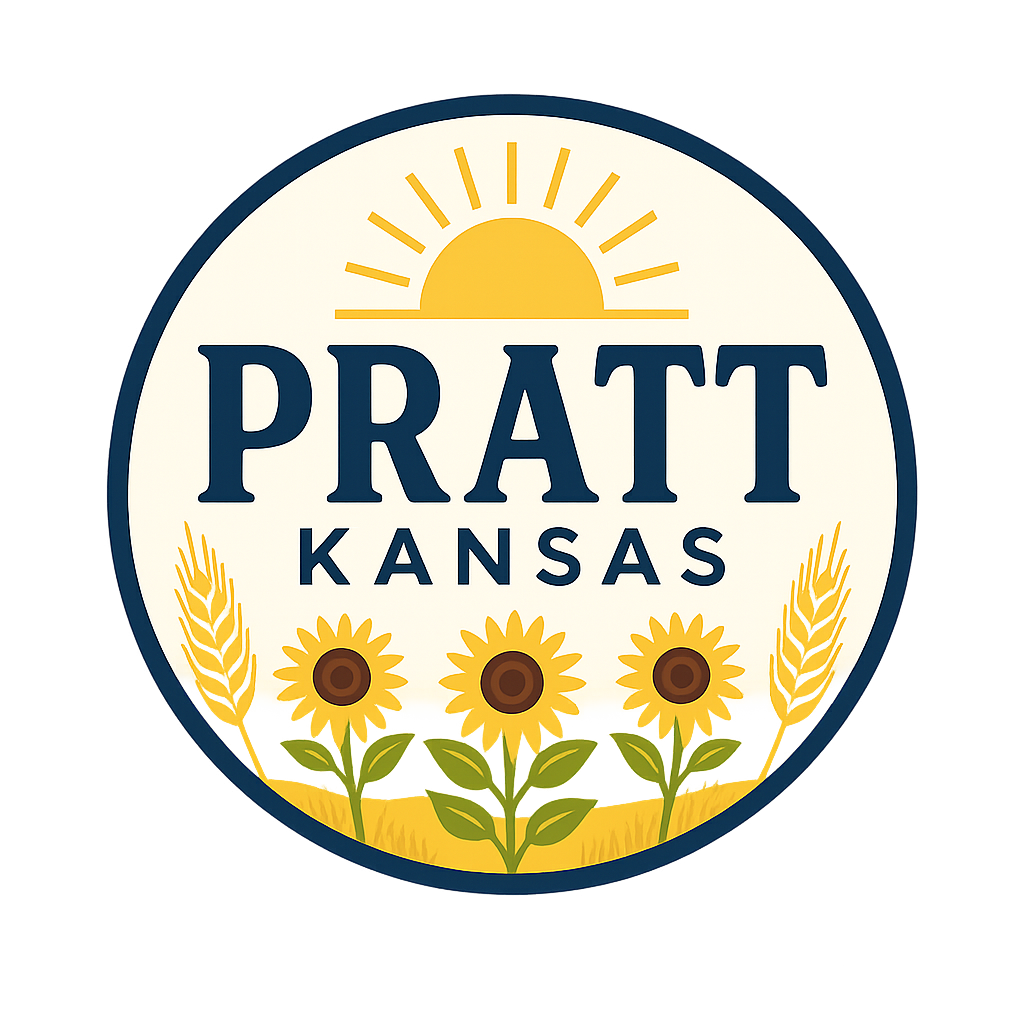Dia De Los Muertos
By Lisa Coss • November 6, 2025
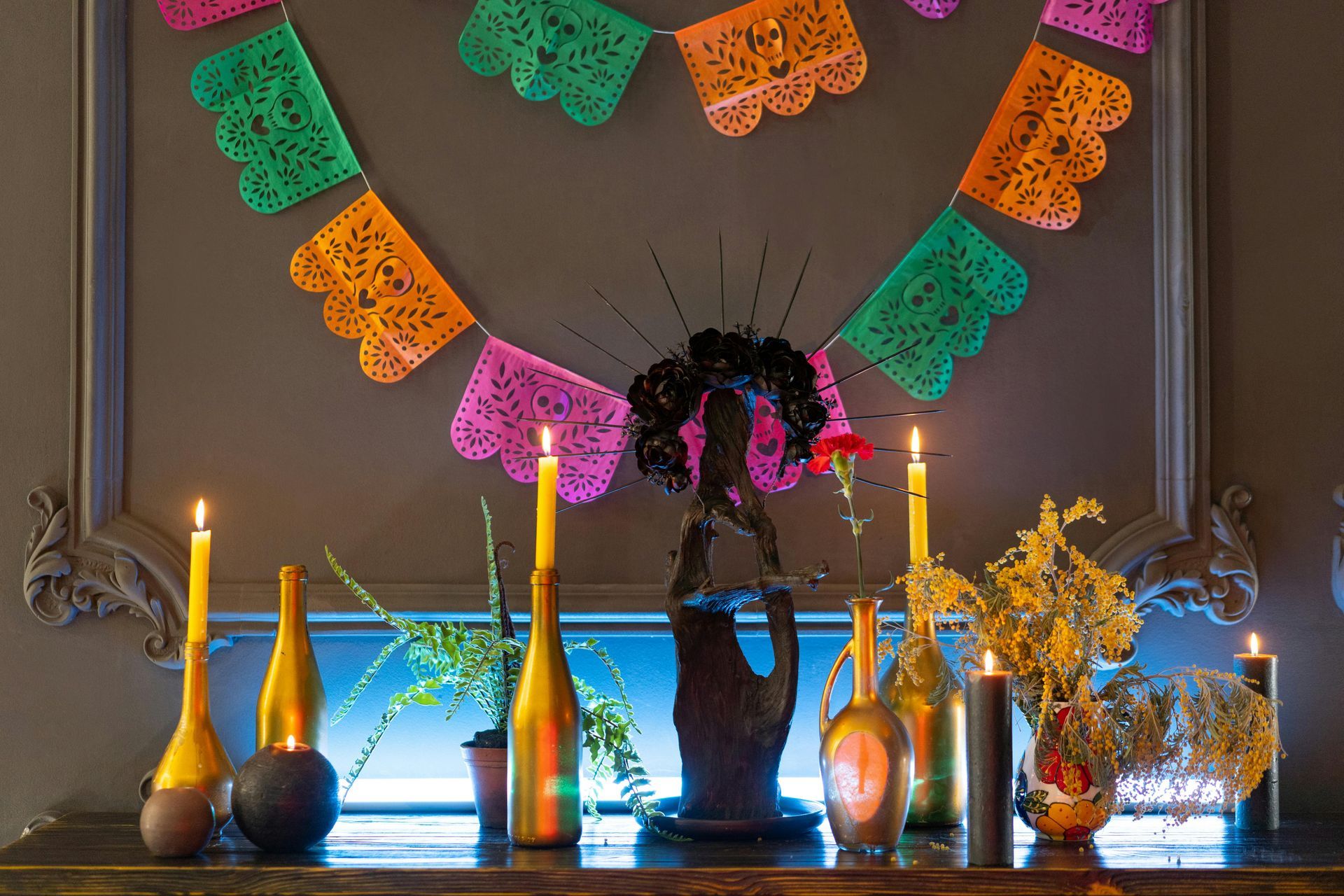
Day of the Dead
💀 A Look Back at the Magic of Día de los Muertos: Honoring Spirits with Joy and Color
The candles have been extinguished, the ofrendas (altars) have been respectfully taken down, and the vibrant scent of marigolds has faded for the year. But the powerful spirit of Día de los Muertos, or the Day of the Dead, remains strong.
This beautiful Mexican tradition is not a time of mourning, but a vibrant, joyous celebration that honors deceased loved ones. Rooted in the belief that the spirits of the dead return to visit their families each year, the observance is a profound expression of love, remembrance, and the acceptance of life’s cycles.
Let's take a moment to reflect on the key elements and the specific calendar that made this year's observance so special.
🗓️ The Sacred Calendar: A Week of Welcome
Día de los Muertos is not just a single day; it’s a ceremonial period that follows a specific, heartfelt calendar of dates, ensuring every spirit is remembered. Beginning on October 27th for the souls of pets and animals. This is followed by October 28th for those who died in accidents or suddenly, October 29th for those who died by drowning, and October 30th for "The Forgotten Souls" or "Lonely Spirits." October 31st is dedicated to Preparation and Waiting, as altars are finalized and lit. The main celebrations occur on November 1st for the Día de los Inocentes (Children & Infants), where white flowers and sweets are placed, and culminate on November 2nd for the Día de los Muertos (Adults), which is the primary day of celebration for all adult ancestors.
✨ The Essential Symbols that Guided the Spirits
Every item placed on an ofrenda has a purpose—to guide, nourish, and honor the visiting spirits.
- Altars (Ofrendas): These were the heart of the celebration, beautifully decorated with photos of loved ones, bright candles, and intricate papel picado (perforated paper) to represent the fragility of life.
- The Marigold (Cempazúchil): Often called the "flower of the dead," the bright orange petals and pungent scent of the marigold helped the spirits find their way home to their altars.
- Pan de Muerto: This sweet, bone-shaped bread was a delicious and essential offering, providing nourishment for the ancestors after their long journey.
- Sugar Skulls: Far from being scary, these colorful confections symbolize the sweetness of life and the cycle of life and death, often inscribed with the name of a living or deceased person.
- Calavera de la Catrina: The elegant, often well-dressed skeleton figure—a famous symbol created by artist José Guadalupe Posada—reminds everyone that death is an inevitable and equalizing part of life.
A Special Guide
A fascinating cultural note is the role of the sacred Aztec dog, the Xoloitzcuintli (or Xolo). This loyal, hairless breed is traditionally noted for its special role in guiding souls across the river to the afterlife—a truly moving aspect of the tradition!
💖 More Than a Holiday, It’s a Reunion
What makes Día de los Muertos so inspiring is its focus on joy, food, music, and remembrance. It shifts the perspective on loss from sorrow to celebration, ensuring that loved ones remain an active, vibrant part of the family narrative.
As we look forward to next year, let's keep the lessons of this beautiful tradition close: that love transcends death, and that our ancestors are never truly gone as long as they are remembered.
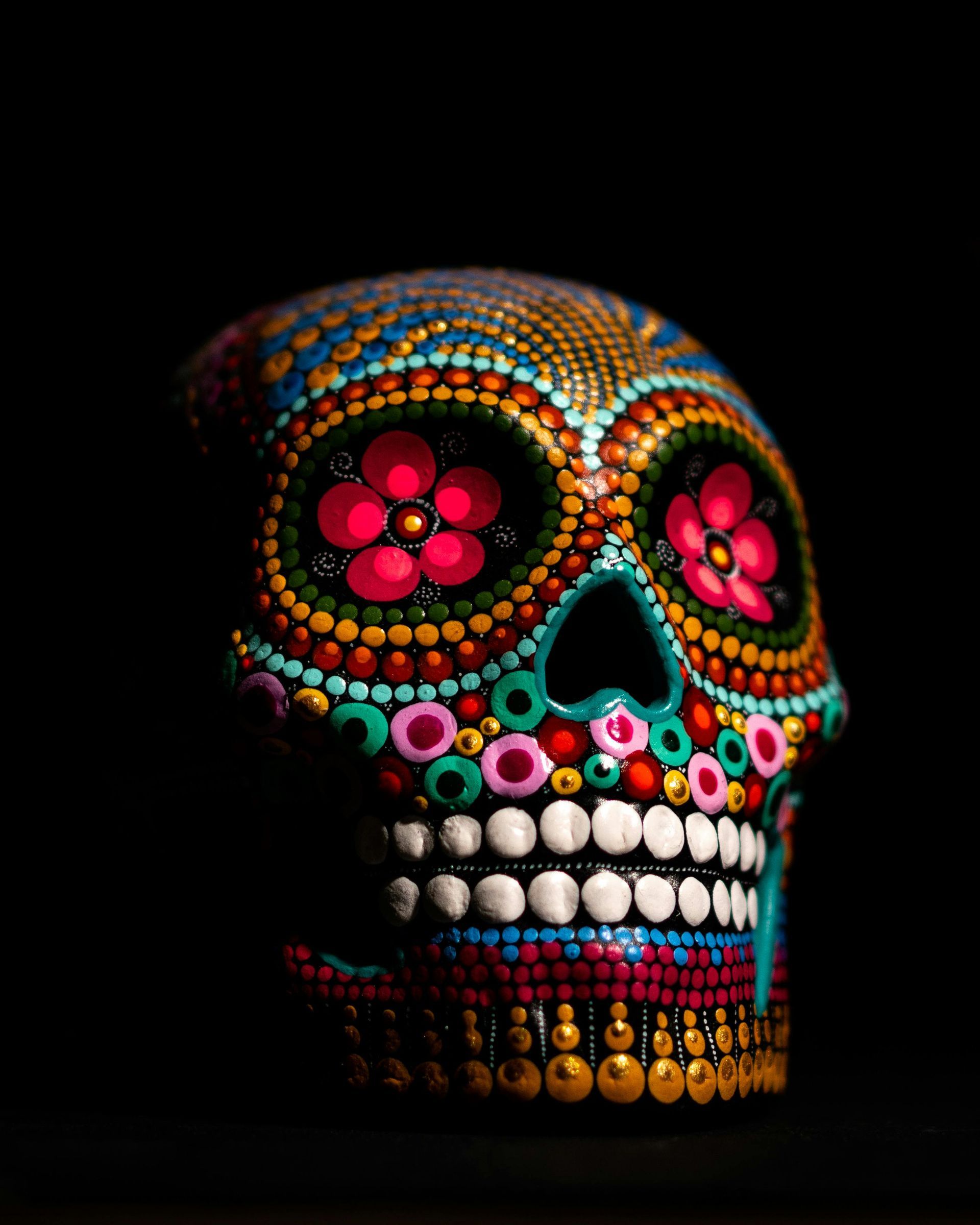
Stay informed
Sign up to receive notifications, news and upcoming publications from Destination Pratt
Blog Contact
Thank you for your submission to receive news and information from Destination Pratt!
Please try again later.
SHARE THIS



